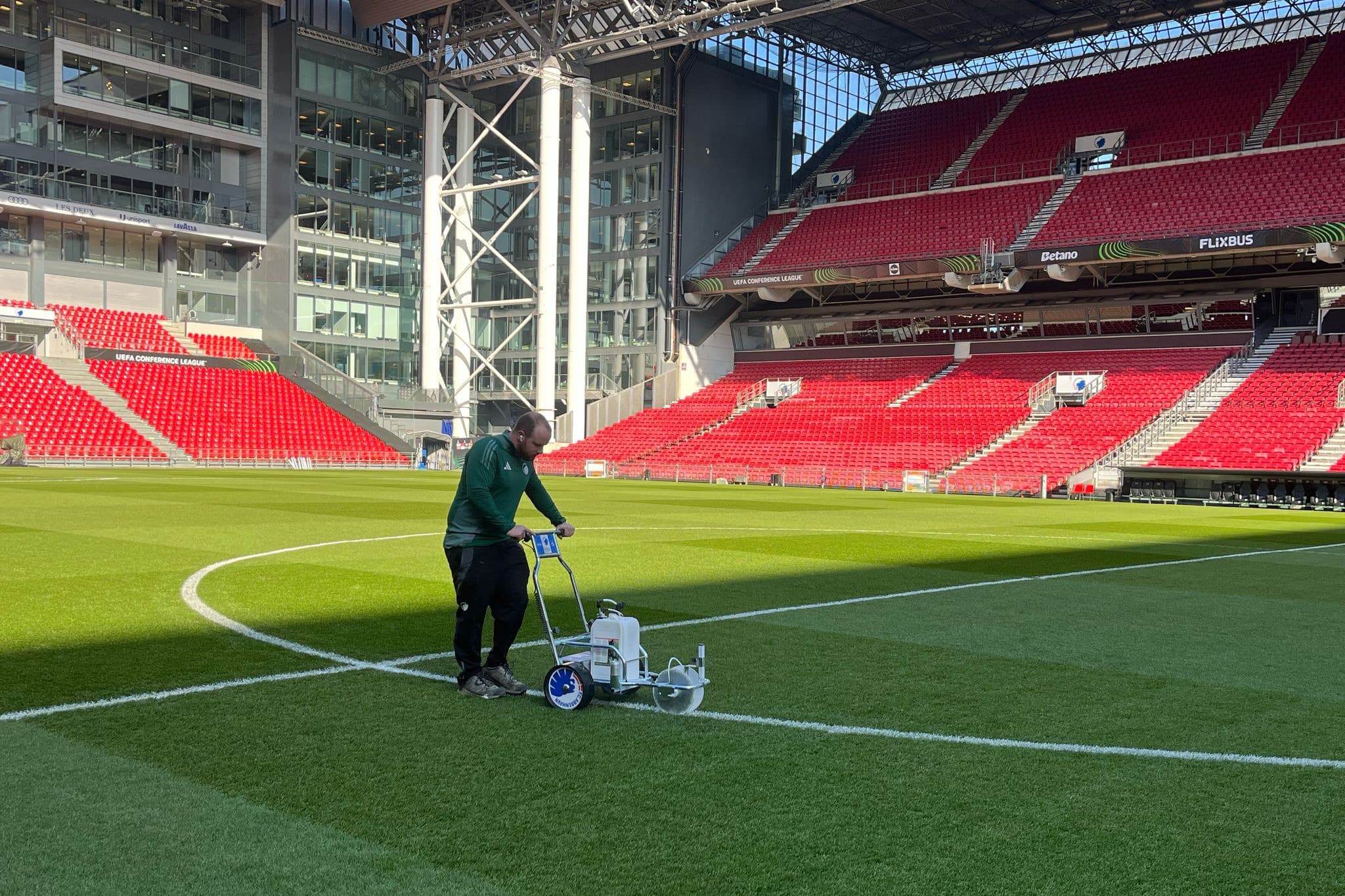
The how and why of a lighting plan
To obtain the best possible end result, it is best to take this into account in the first phase of a project, and to record everything in a lighting plan. Paul Vermeulen of Suslight explains how to do that.

Why garden lighting?
"There are four main reasons to choose garden lighting," says Vermeulen. "First, it's a matter of safety. A driveway and garden path that are well lit prevent you from slipping, bumping into something, or straying from the path in the dark. In addition, they deter - not insignificantly - thieves and intruders."
"Second, the right lighting creates a special atmosphere. Right, that means: not too much, but just enough to set some accents. For example, highlight a tree, multi-stemmed shrub or decorative object in the garden. That way you elevate the garden project to a higher level."
"A third added value lies in use. Those who have garden lighting installed can continue to enjoy warm evenings in the garden long after the sun goes down."
"Finally, in the choice of lighting, sustainability also plays an important role. An energy-efficient lamp is only the beginning. Suslight deliberately keeps its scope on sustainability broad and makes choices that are sustainable and valuable at the chain level. This means that we do not just 'move' emissions or waste, but ensure a real reduction in our production chain."

Why a lighting plan?
By drawing up a lighting plan in advance, you will know perfectly which parts you need and where the necessary provisions need to be made. This way, you can bundle the works smoothly and you won't encounter any surprises afterwards.
"In addition, you show the client that you care about every aspect of their garden project and experience. That builds trust, and you leave a highly professional impression."

How to draw up a lighting plan.
A lighting plan takes into account both visual and technical requirements and constraints. It determines which fixtures will go where, and with what luminance levels.
"From a visual standpoint, you need to consider sightlines, contrasts and safety, among other things. How will your client view their garden? Which sight lines prevail from inside or from the terrace? But are there certain elevations or other elements in the garden that can become dangerous obstacles in the dark? It is important that such spots are adequately illuminated, just like the main paths to the back door, the bicycle storage, and so on."
Yet one must also remain vigilant not to overdo it. "It's the contrast between light and dark that makes a lighting plan engaging," Vermeulen said. "So don't draw in too many points of light, and be attentive to placement and direction. Obviously, the idea is not to blind anyone as they walk past the lights."
Then the technical aspects of the lighting plan can be determined. "From the lighting plan you can deduce which fixtures and transformers you need to provide. Based on the distances between the various light points, you calculate how many cables you will need. To do this, of course, also check whether there is already a connection outside, and provide a few extra cables for unforeseen circumstances."
If the garden has different functions, or if the front and back gardens need to be controlled separately, you should provide multiple circuits for this, by the way. Finally, a light cell with time switch is a simple way to increase your customer's comfort.




